Obtain the necessary insights to optimize energy usage throughout your property.
Ensuring optimal equipment performance within a residence is one of the best ways to keep utility expenses to a minimum. TrustHab® leverages IoT technology and smart thermostats to collect and analyze HVAC-related data throughout your property, and provides intelligent, actionable insights that empower you to drastically enhance your buildings operational efficiency.
With TrustHab, you have several options to manage and optimize energy consumption across your buildings.
We have integrated Z-Wave+ and WiFi-enabled wireless digital thermostats, switches and outlets into the TrustHab portal. These devices are designed to control the majority of HVAC systems and other appliances, like water heaters.
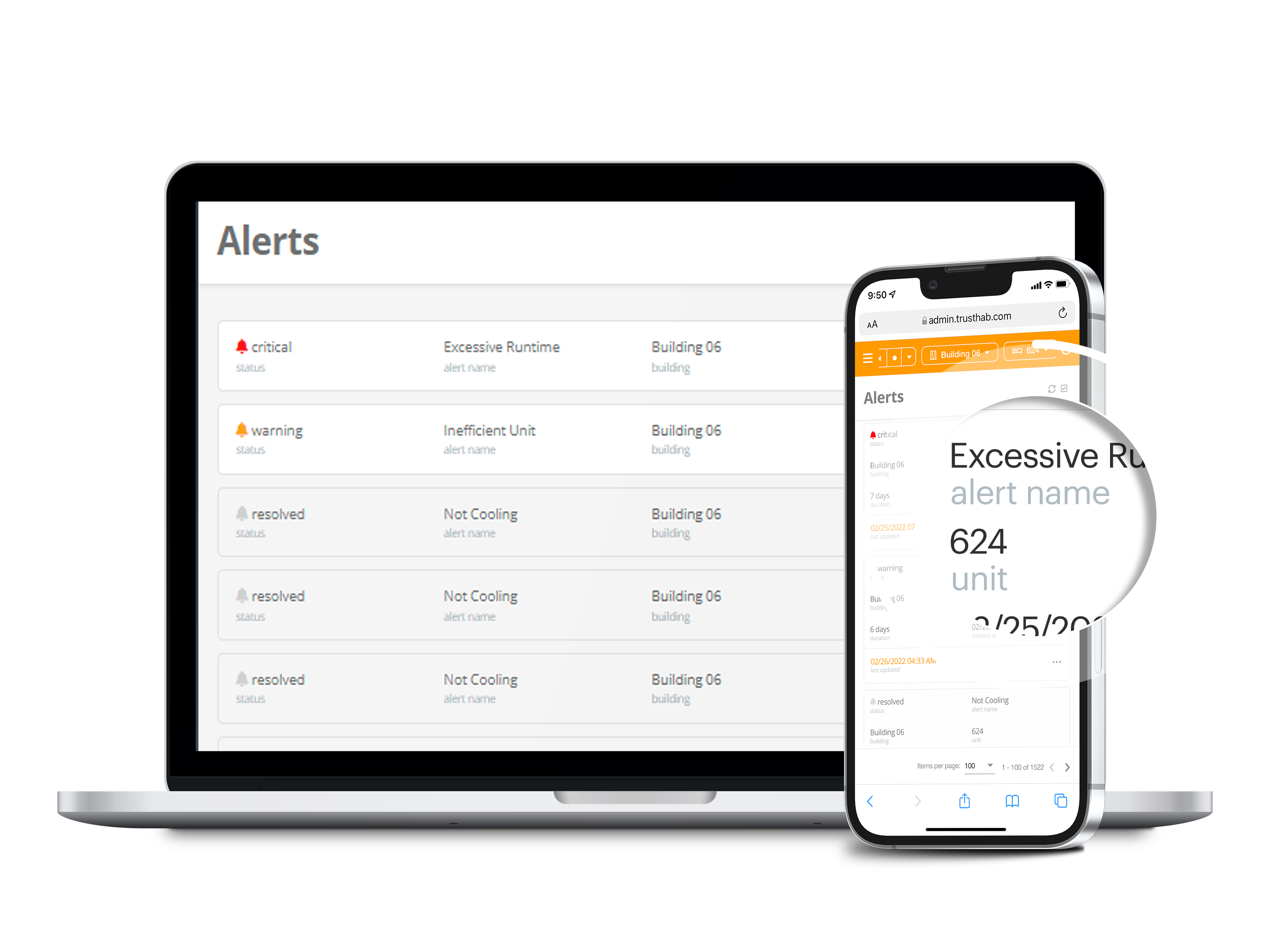
Lower your bills
Easily schedule your HVACs to run less than the times you require. Program thermostats to work within a min/max temperature range, or use variable setpoint logic to adjust setpoints to enact savings without causing resident discomfort. By doing this, our use cases show that there can be savings of up to 45% in HVAC runtime.
Extend the life of your HVACs
TrustHab’s robust analytics engine allows you to continuously track and monitor energy usage in real-time. Gain valuable insight to changes in energy consumption, remotely identify any HVACs that may not be performing at optimal levels, and proactively perform equipment maintenance to avoid costly breakdowns.
Vacant unit management
Maintain the temperature in any vacant residences, ensuring that energy isn’t being unnecessarily wasted. This can be an especially useful feature when contractors are completing work or renovations in units and forget to revert the temperature after leaving.
Proactive maintenance alerts
Shield your budget from unexpected repair costs. TrustHab uses a powerful real-time alerting system to immediately notify onsite teams when a potentially risky condition is detected within a residence, ensuring that maintenance service calls are kept within normal business hours and reducing the need for staff to work at an over-time rate.
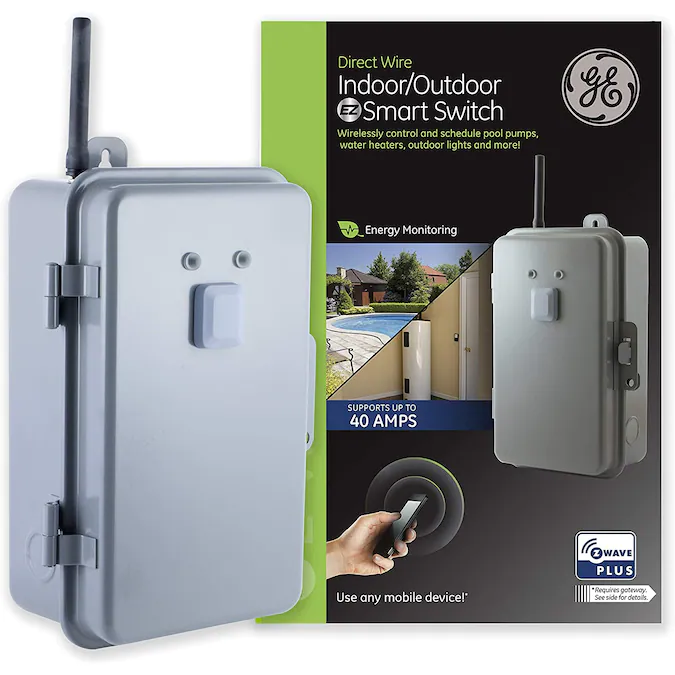
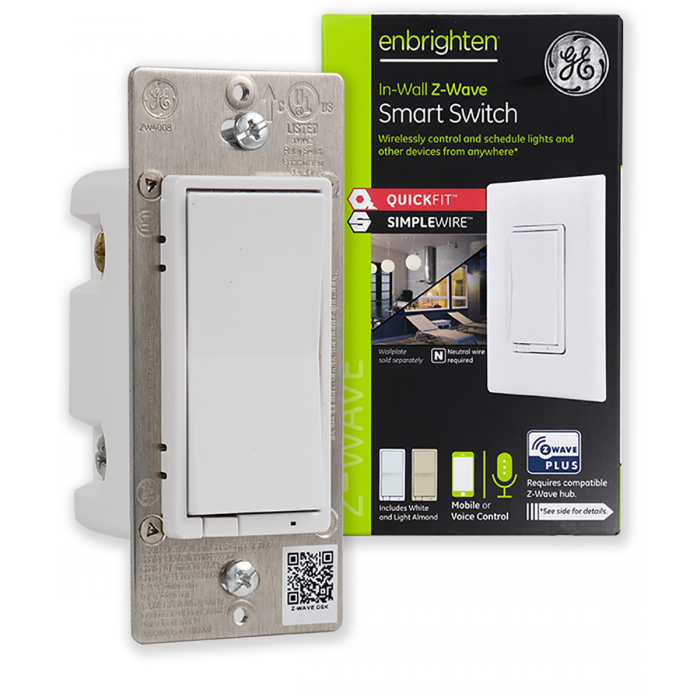
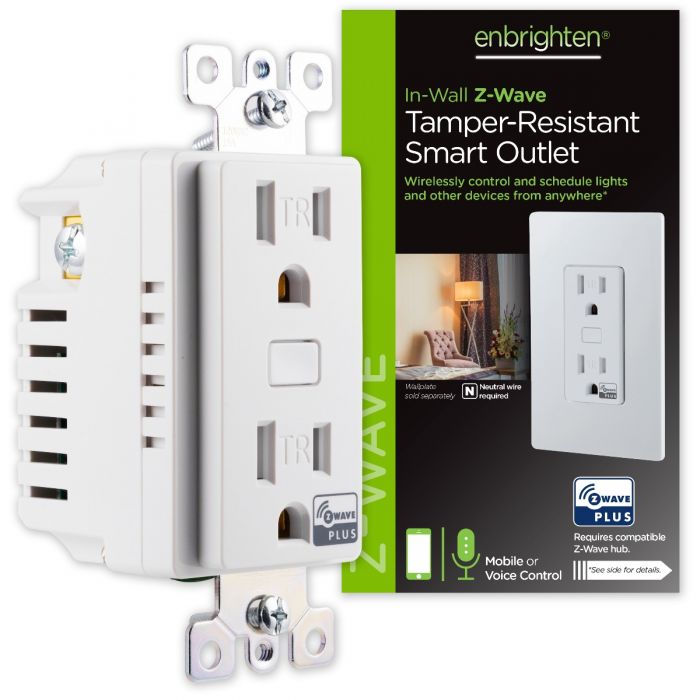
Obtain the necessary insights to optimize energy usage throughout your property.
Ensuring optimal equipment performance within a residence is one of the best ways to keep utility expenses to a minimum. TrustHab® leverages IoT technology and smart thermostats to collect and analyze HVAC-related data throughout your property, and provides intelligent, actionable insights that empower you to drastically enhance your buildings operational efficiency.
With TrustHab, you have several options to manage and optimize energy consumption across your buildings.
We have integrated Z-Wave+ and WiFi-enabled wireless digital thermostats, switches and outlets into the TrustHab portal. These devices are designed to control the majority of HVAC systems and other appliances, like water heaters.
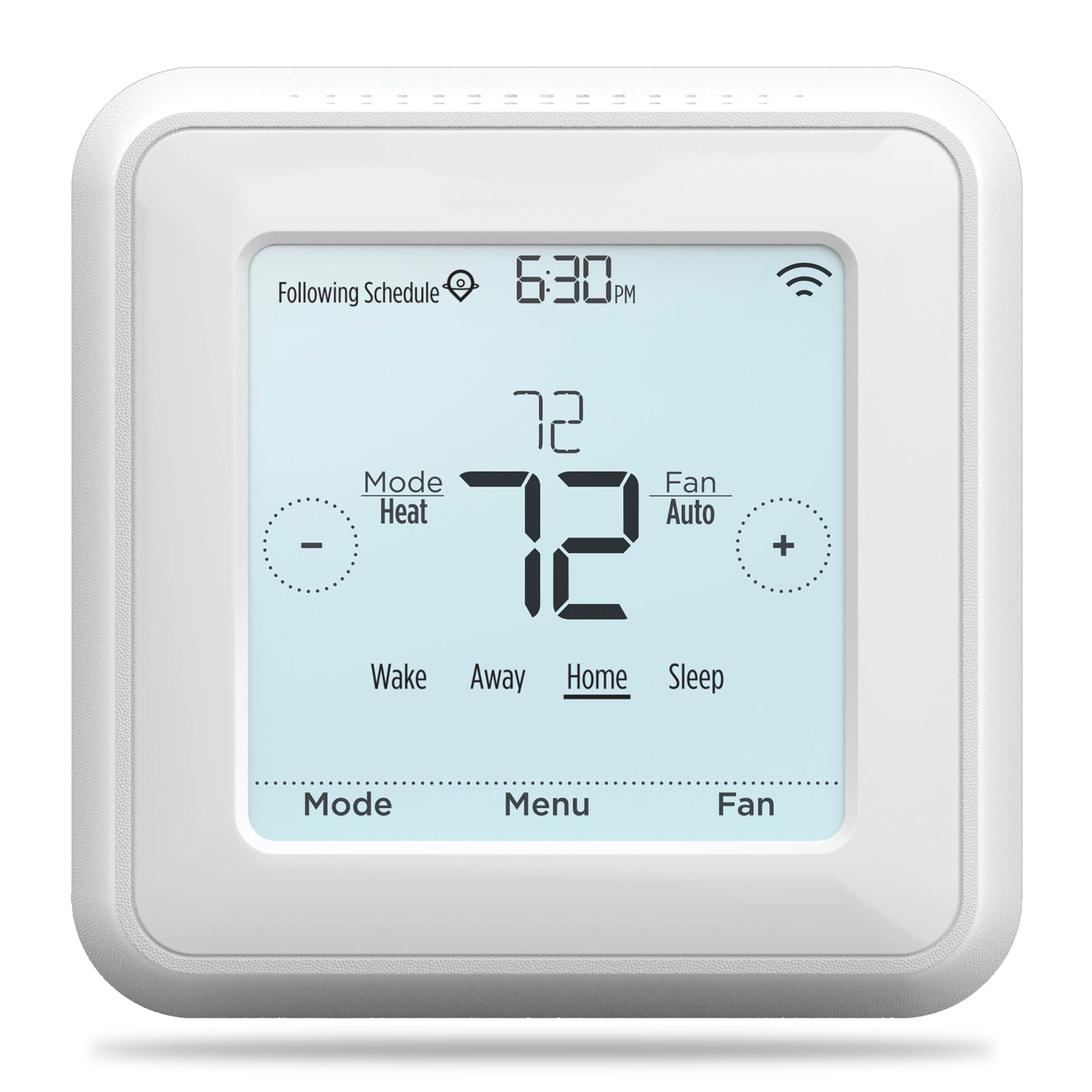
Lower your bills
Easily schedule your HVACs to run less than the times you require. Program thermostats to work within a min/max temperature range, or use variable setpoint logic to adjust setpoints to enact savings without causing resident discomfort. By doing this, our use cases show that there can be savings of up to 35% in HVAC runtime.
Extend the life of your HVACs
TrustHab’s robust analytics engine allows you to continuously track and monitor energy usage in real-time. Gain valuable insight to changes in energy consumption, remotely identify any HVACs that may not be performing at optimal levels, and proactively perform equipment maintenance to avoid costly breakdowns.
Vacant unit management
Maintain the temperature in any vacant residences, ensuring that energy isn’t being unnecessarily wasted. This can be an especially useful feature when contractors are completing work or renovations in units and forget to revert the temperature after leaving.
Proactive maintenance alerts
Shield your budget from unexpected repair costs. TrustHab uses a powerful real-time alerting system to immediately notify onsite teams when a potentially risky condition is detected within a residence, ensuring that maintenance service calls are kept within normal business hours and reducing the need for staff to work at an over-time rate.




